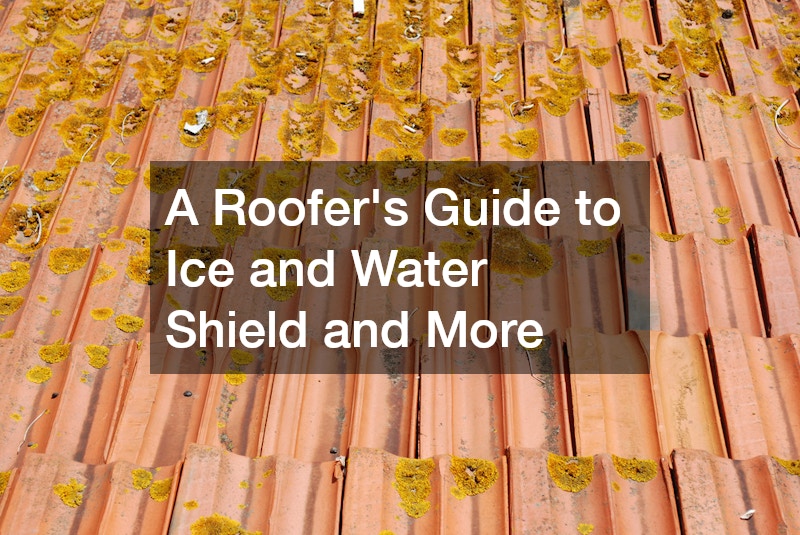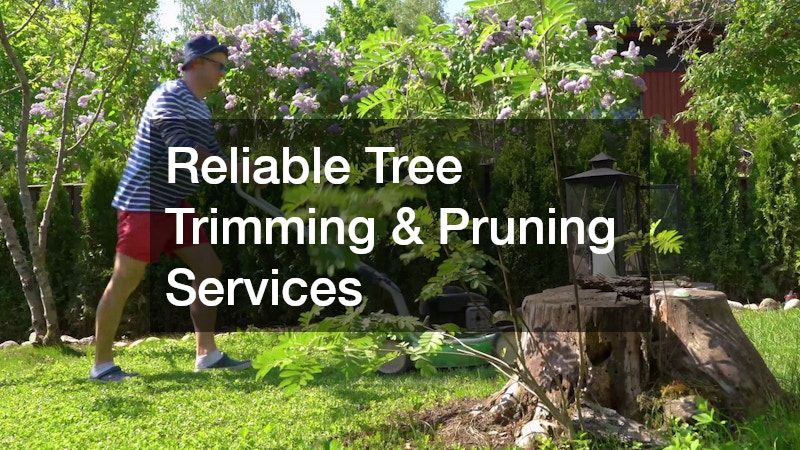In this guide, we will explore the fundamentals of ice and water shield, its importance in roofing, and how it contributes to a durable roof system. Additionally, we will address common questions and concerns that roofers and homeowners commonly have. Understanding the role of ice and water shield in a roofing system is critical, especially in regions prone to severe weather conditions.
What is Ice and Water Shield, and How Does it Work?
Ice and water shield is a specialized underlayment designed to protect roofs from water infiltration caused by ice dams and heavy rains. This product acts as a reliable defense against leaks, ensuring the integrity of the roof deck. It creates a waterproof barrier that adheres thoroughly to the roof deck, effectively sealing around nails and other penetrations.
The core function of ice and water shield is to prevent water from seeping into the roofing structure. Its unique adhesive properties allow the material to conform to the roof surface, thereby minimizing potential leak points. This is particularly important in areas where traditional underlayments might fail due to heavy snowfall or rainfall.
Additionally, ice and water shield is highly effective in managing moisture that can accumulate under shingles, which is essential for prolonging the lifespan of the roofing system. Climate considerations are crucial, and using this material can significantly improve the roof’s performance over time. By creating a barrier that resists water, homeowners can rest assured that their roofs will withstand the elements.
Where Should Ice and Water Shield Be Installed?
Proper installation locations for ice and water shield include eaves, valleys, and various other areas prone to moisture accumulation. Identifying these vulnerable spots is essential for maximizing the effectiveness of the shield. Traditional wisdom recommends installing ice and water shield at least two feet up from the edge of the roof to ensure effective coverage against ice damming.
Valleys are another critical area where ice and water shield must be installed. This is where two roof planes meet and create a natural channel for water runoff, making them susceptible to leaks. Properly applying the shield in these sections can prevent water from infiltrating and causing damage down the line.
Additionally, roof penetrations such as chimneys, vents, and skylights should also be fortified with ice and water shield. These areas are particularly prone to leaks if not adequately protected. The installation of ice and water shield in strategic locations is key to ensuring a leak-free roofing system, providing peace of mind for homeowners.
How Do You Install Ice and Water Shield Properly?
The installation process involves several critical steps, starting with preparing the roof deck. Before applying the ice and water shield, it is crucial to clean the surface thoroughly and ensure that it is dry. Any debris, dust, or moisture can compromise the adhesion of the shield, reducing its effectiveness.
Once the roof deck is ready, the next step is rolling out the ice and water shield. Alignment is vital during this process; ensuring that the shield is straight and overlapping correctly at seams prevents potential issues later. After positioning the material, a thorough sealing of edges and overlaps is essential to achieve an airtight layer.
Finally, once installed, it should be inspected to guarantee no wrinkles or bubbles exist, which can trap water and lead to leaks. Proper sealing around nails and fasteners is equally important, as these are common entry points for water. A meticulous installation process ensures that the shield performs optimally, contributing to a more durable roof system.
What Are the Benefits of Using Ice and Water Shield in Roofing?
Utilizing ice and water shield in roofing offers numerous advantages, enhancing durability and preventing leaks. One primary benefit is its ability to withstand harsh weather conditions, making it an ideal choice for regions with extreme winters or heavy rain. Homeowners can find peace of mind in knowing their roofs are better protected against the elements.
Moreover, the longevity of roofs can be significantly improved with the use of this underlayment. By creating a robust barrier against water infiltration, ice and water shield helps prevent structural damage that can arise from prolonged exposure to moisture. This not only preserves the integrity of the roof but also protects internal structures from water damage.
Lastly, investing in ice and water shield can save homeowners money in the long run, as it tends to prolong roof life and reduce maintenance costs. Instead of frequent repairs that can be costly and time-consuming, a well-installed ice and water shield can lead to a hassle-free roofing experience. Its importance in modern roofing systems cannot be overstated, particularly for homeowners and roofers aiming for long-lasting results.
Ice and water shield is an essential component of modern roofing systems. Its protective features, when installed correctly, can prevent significant damage and provide a longer-lasting roof. Understanding its purpose and benefits helps homeowners and roofers make informed decisions. As a crucial line of defense against water intrusion, incorporating ice and water shield into roofing projects not only enhances performance but also ensures peace of mind for the future.




